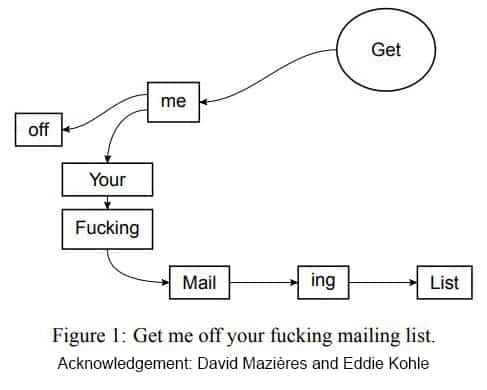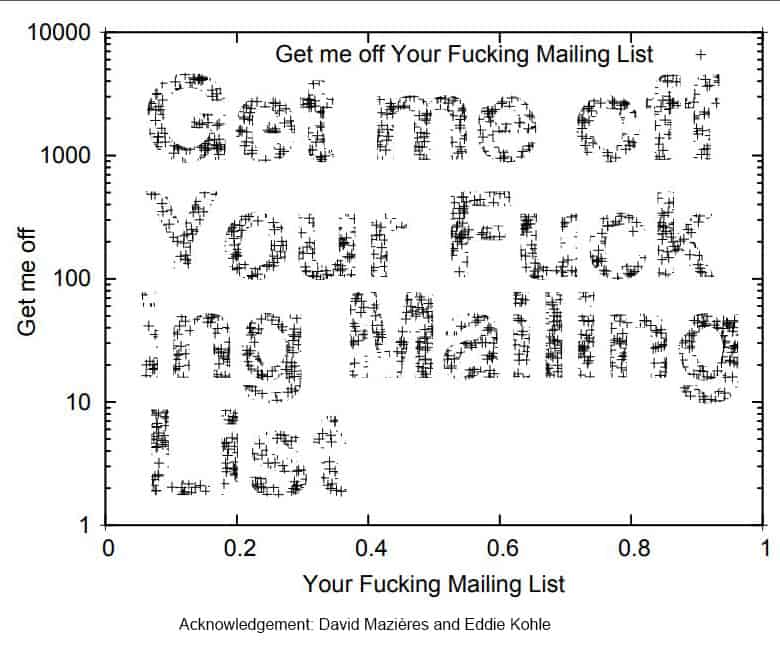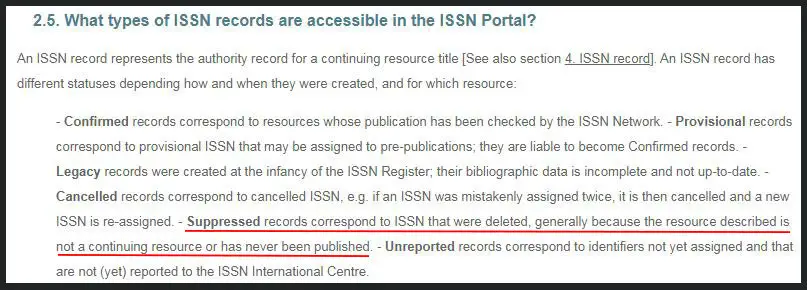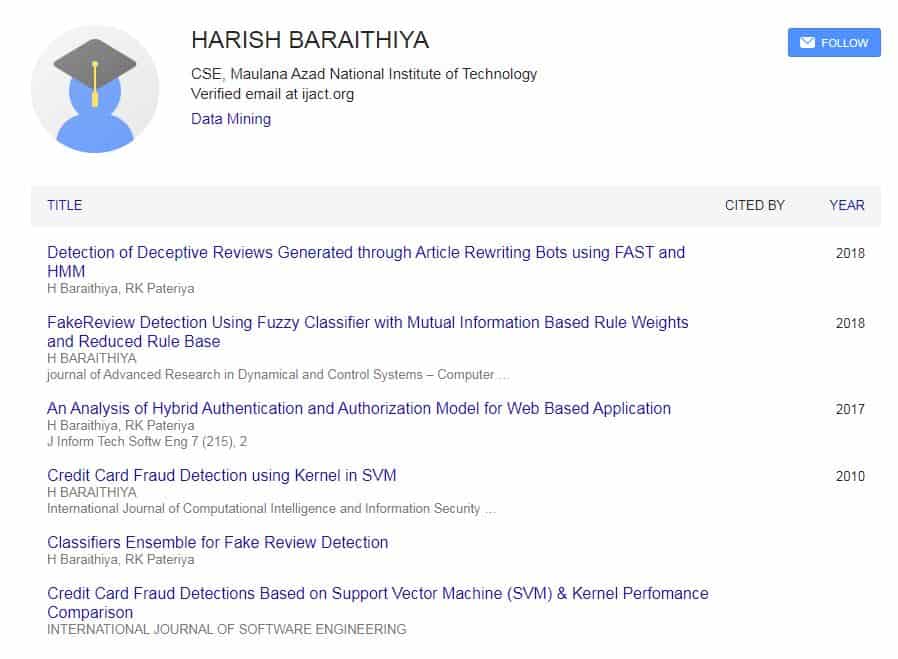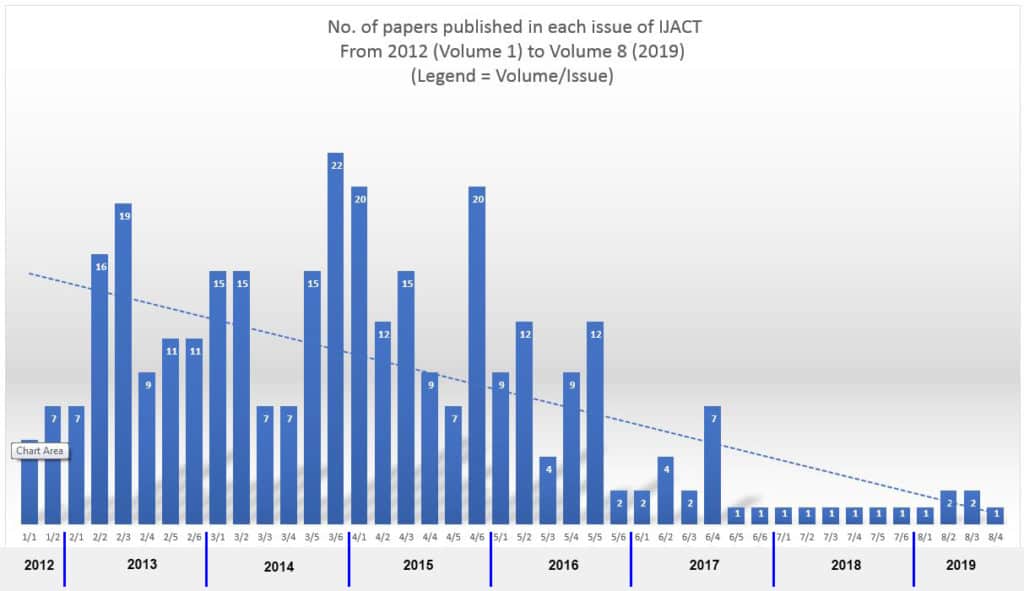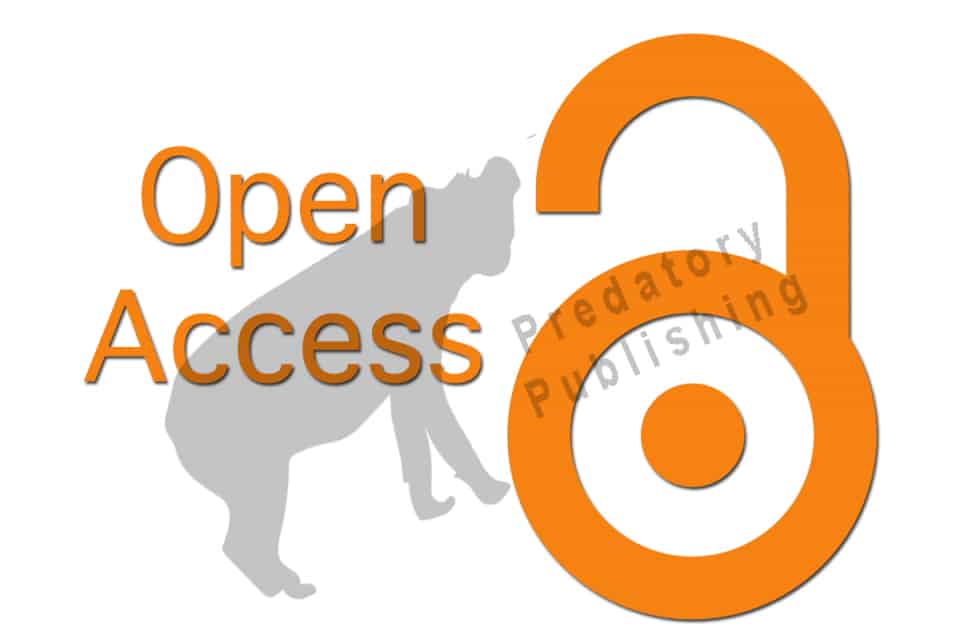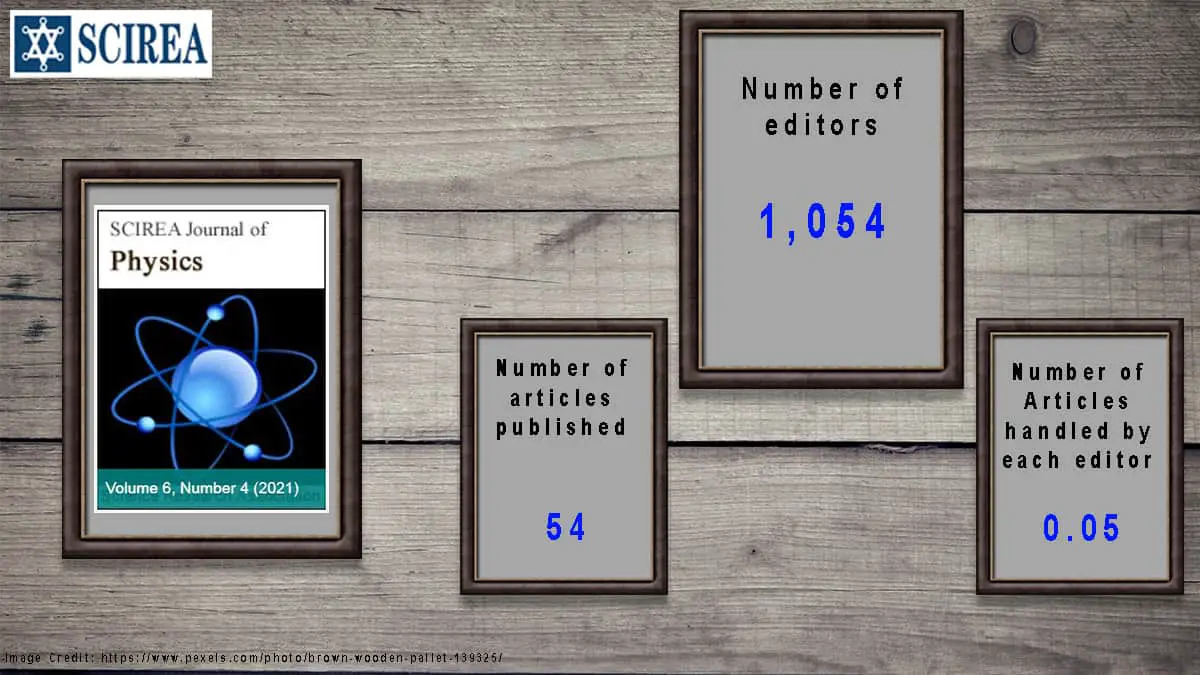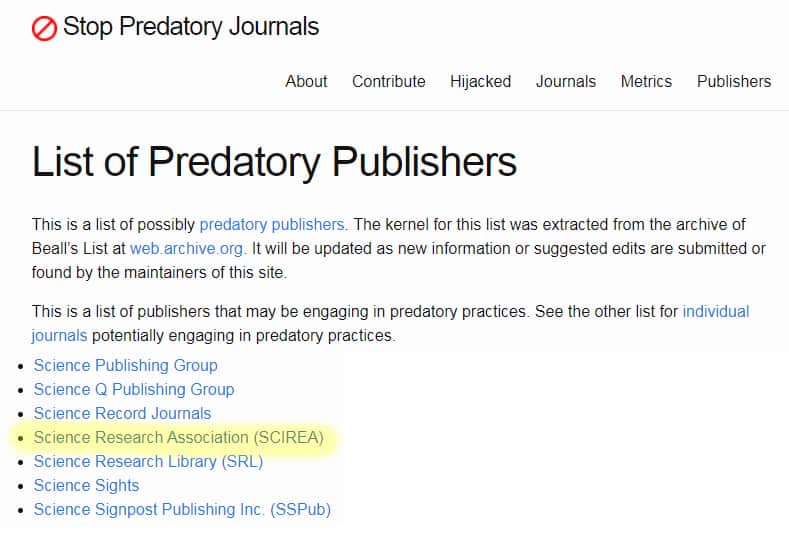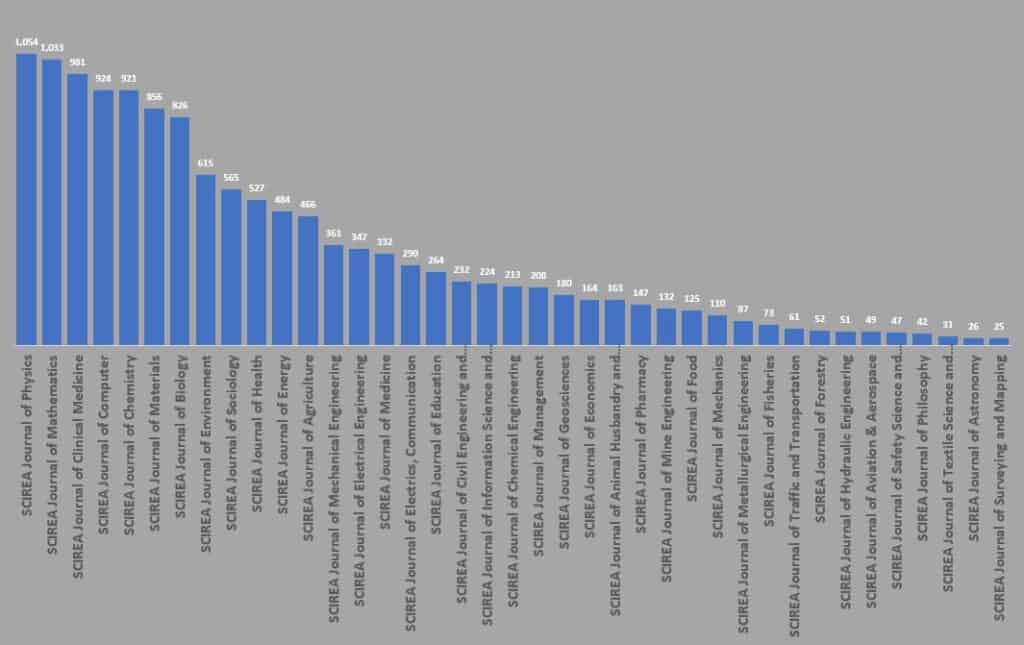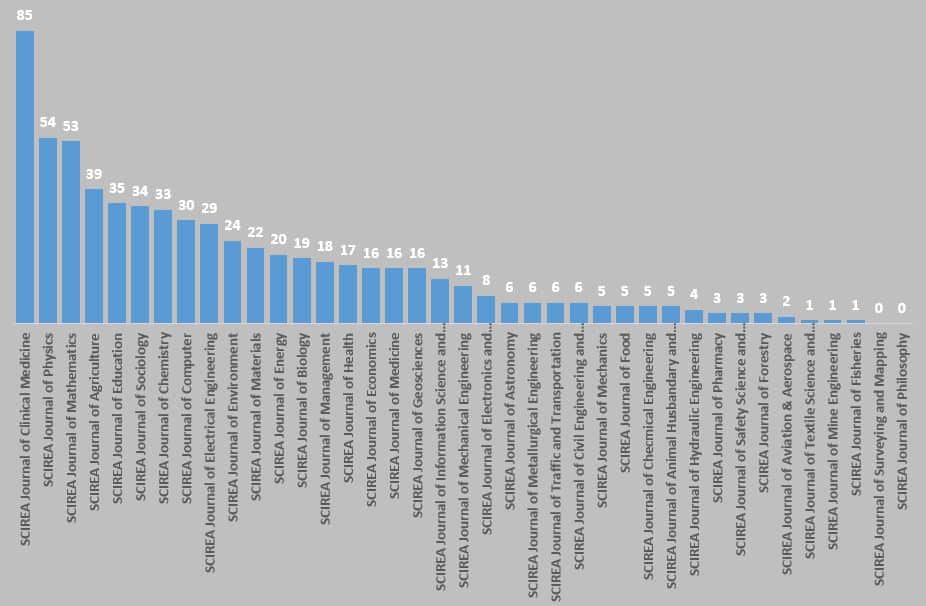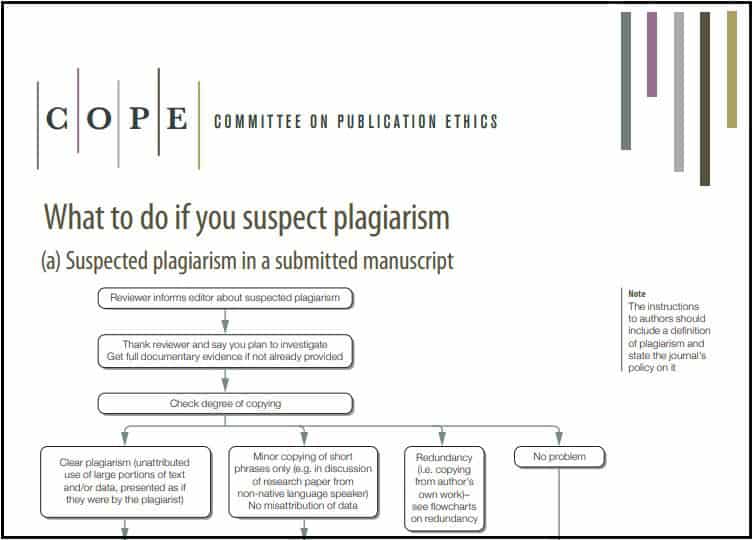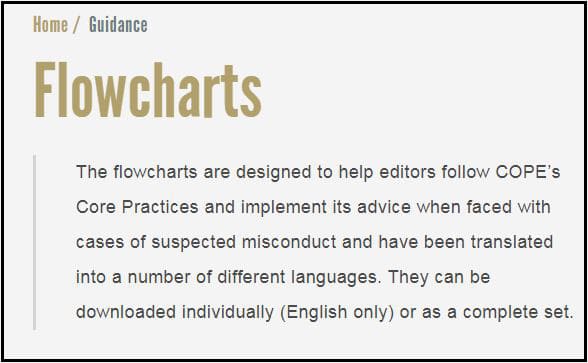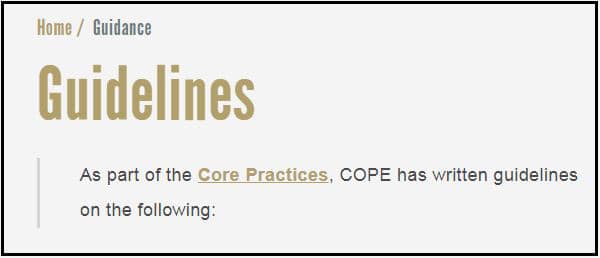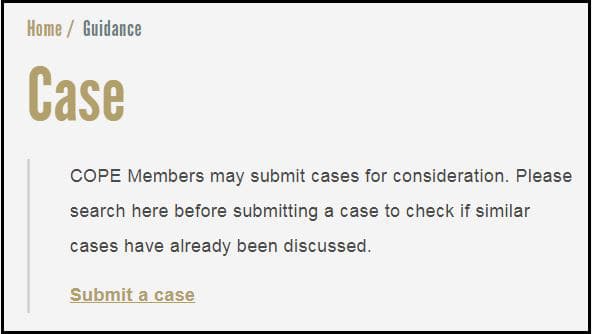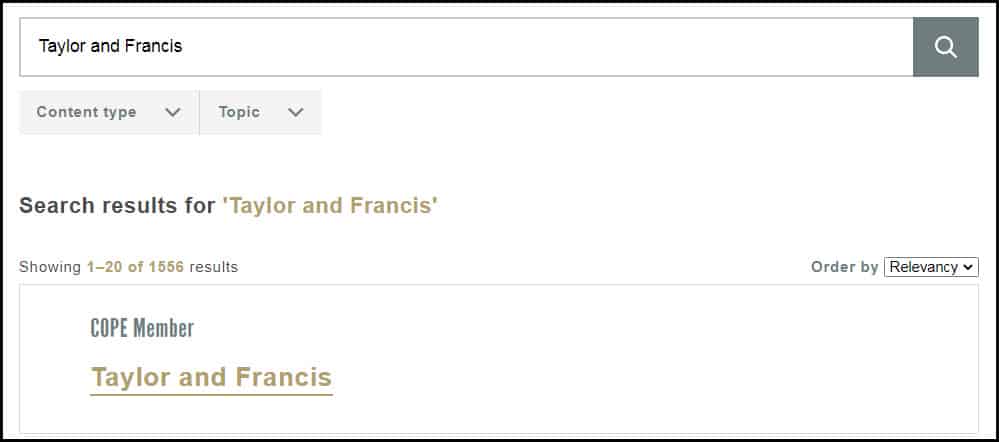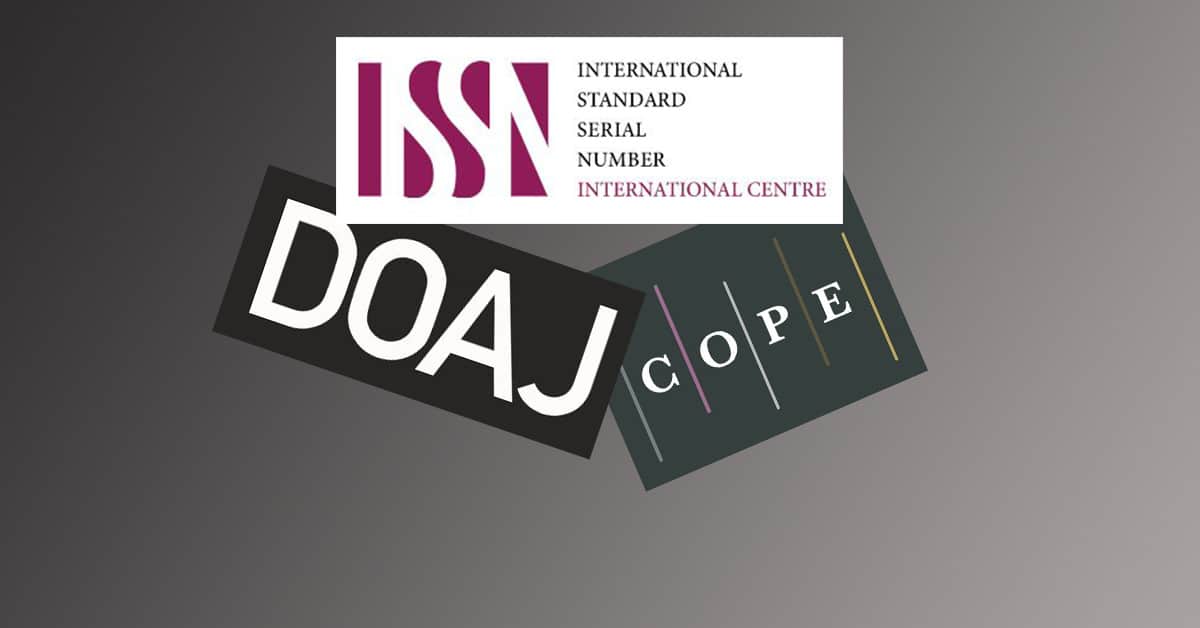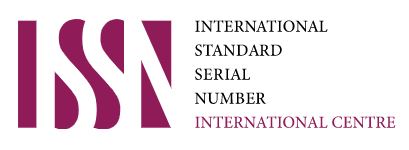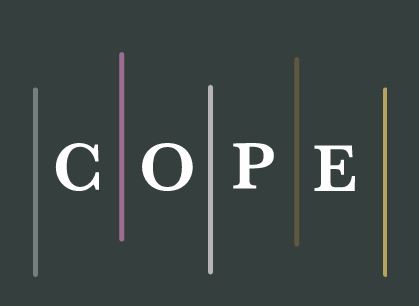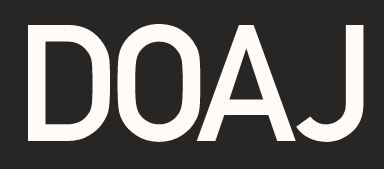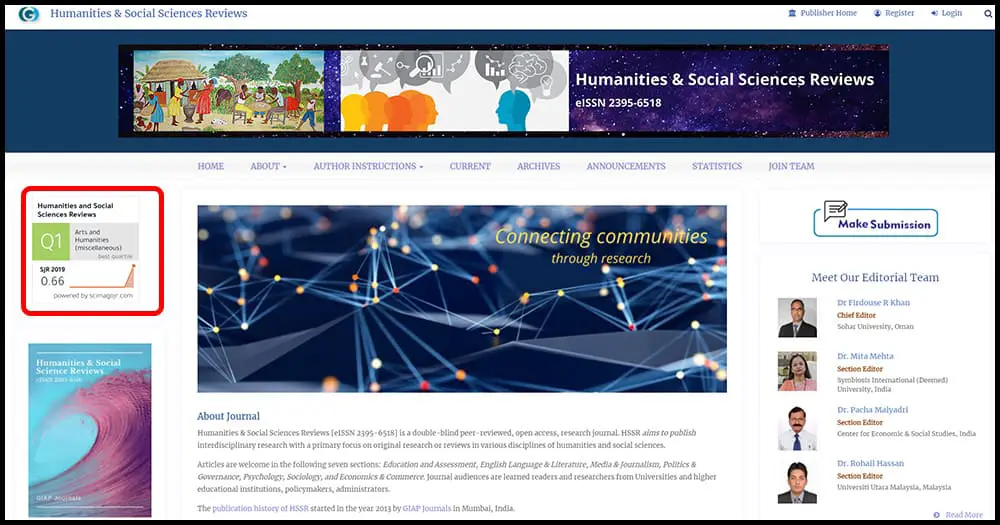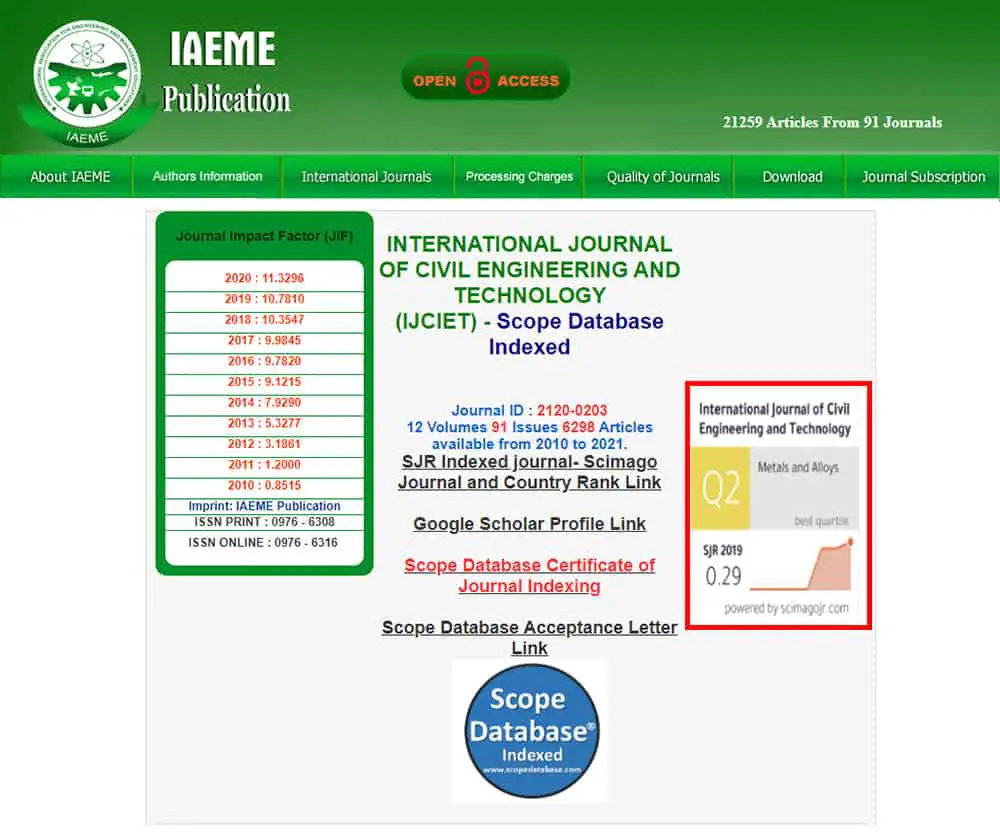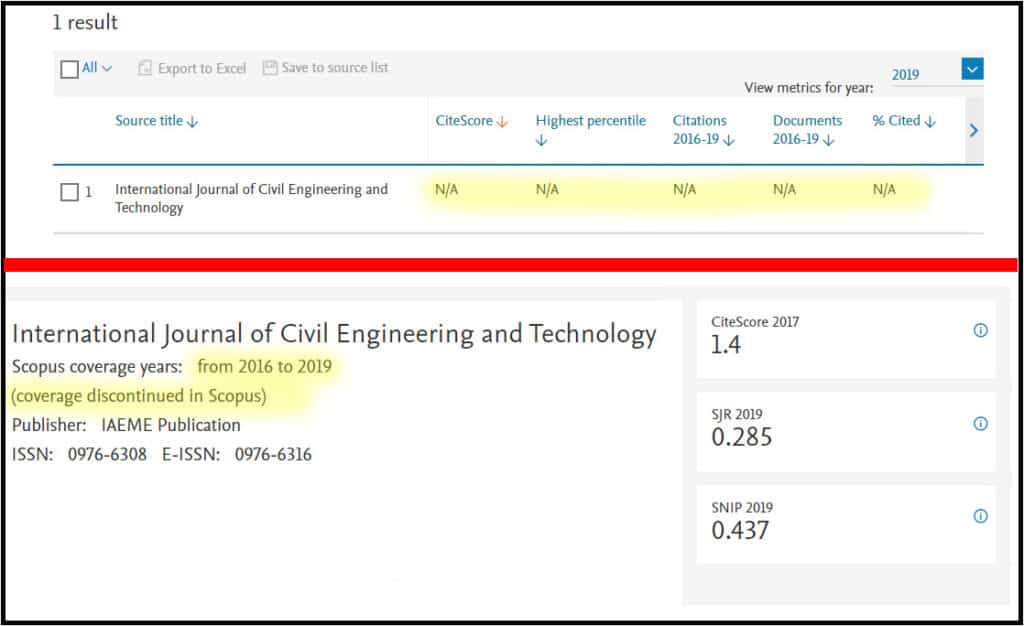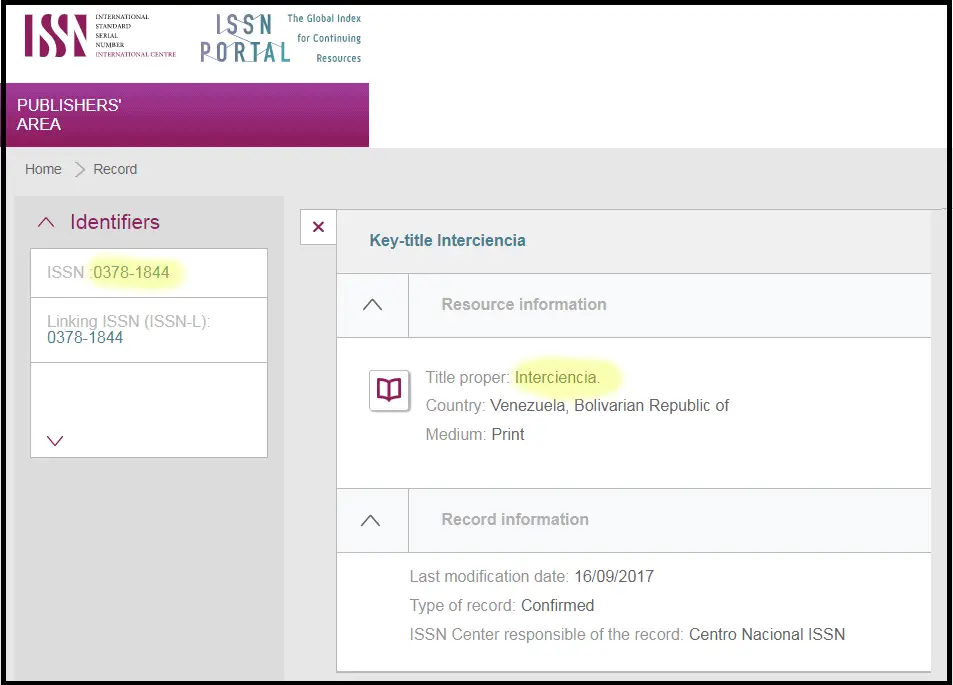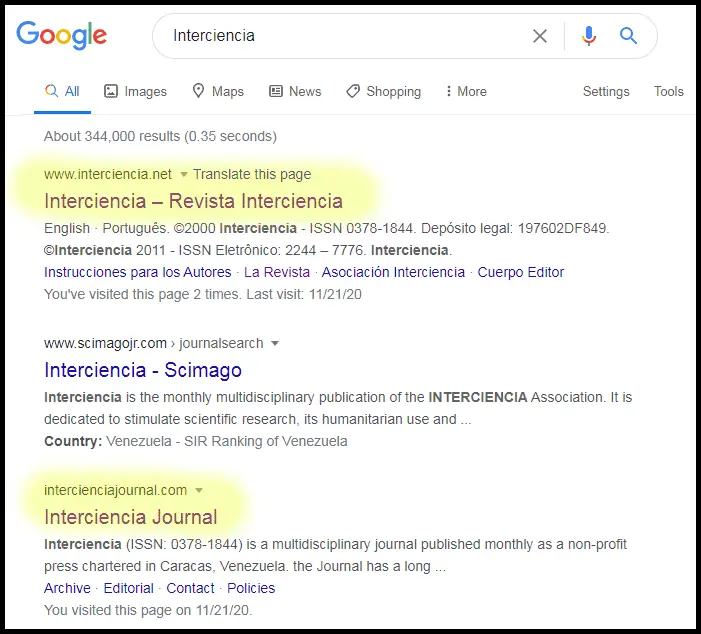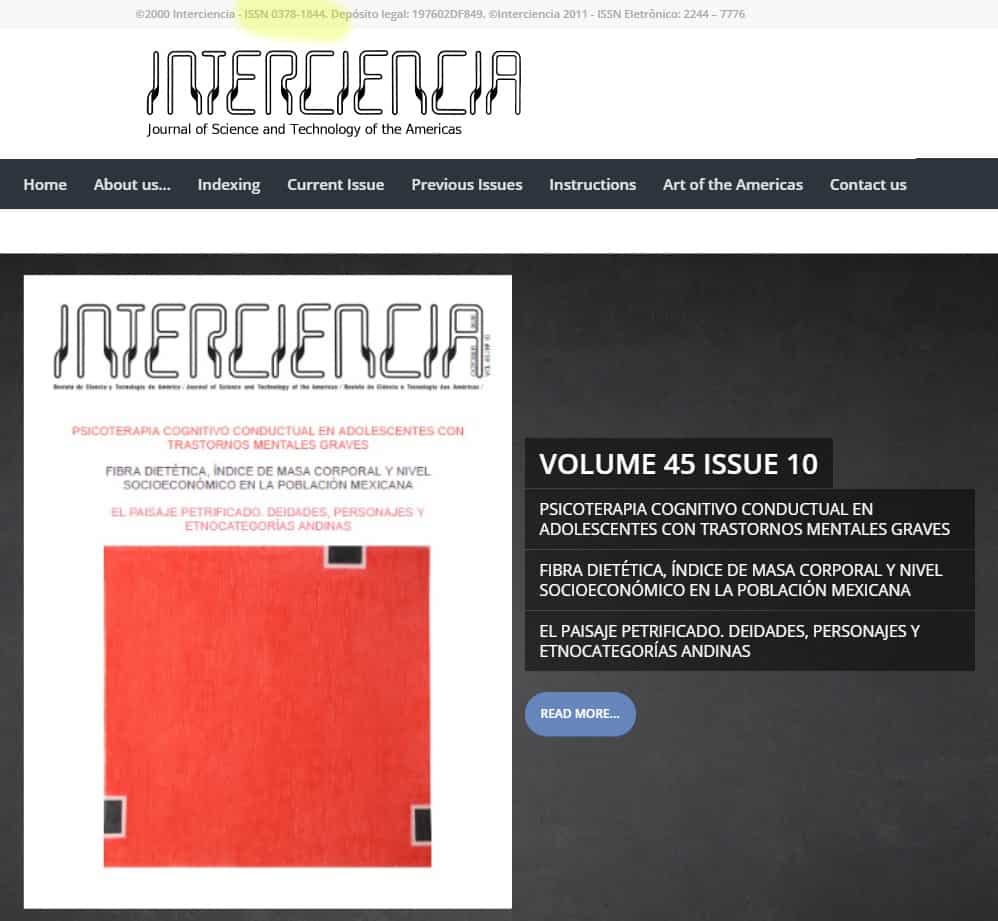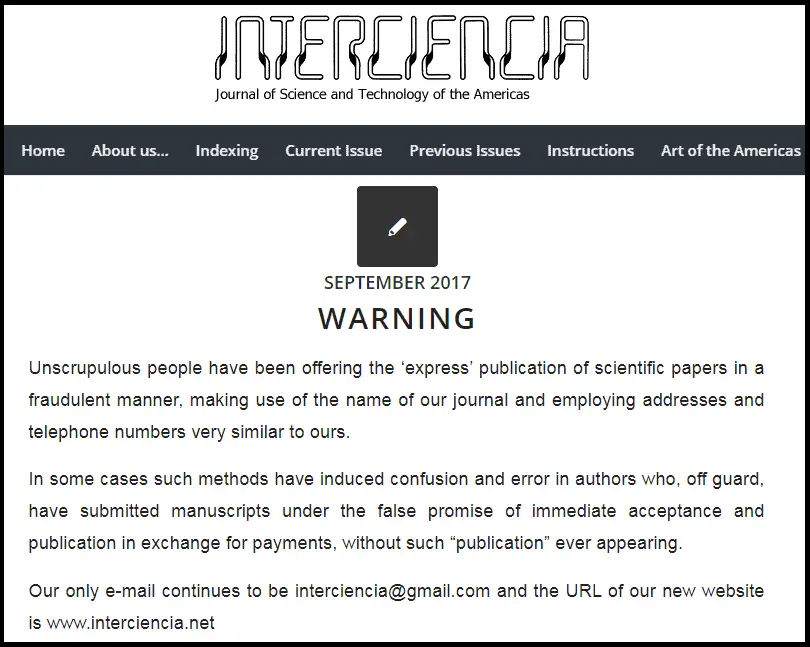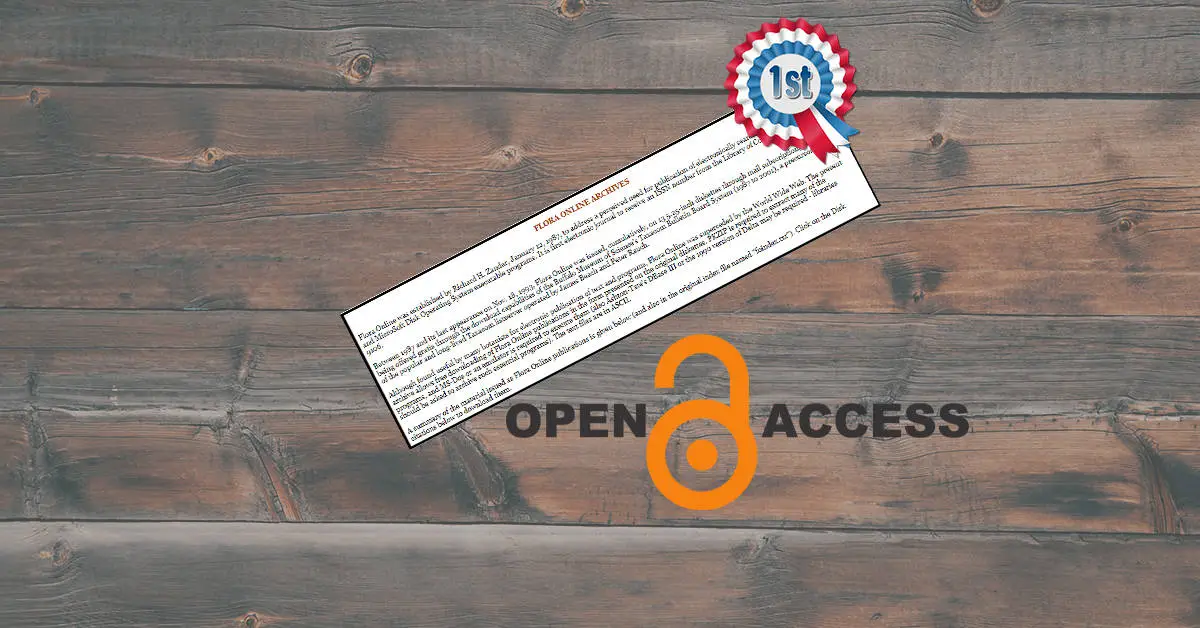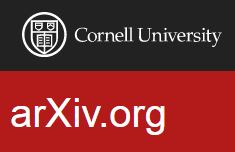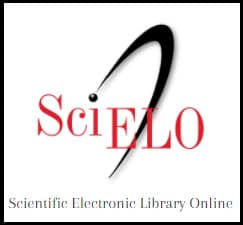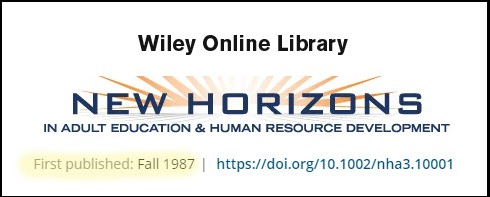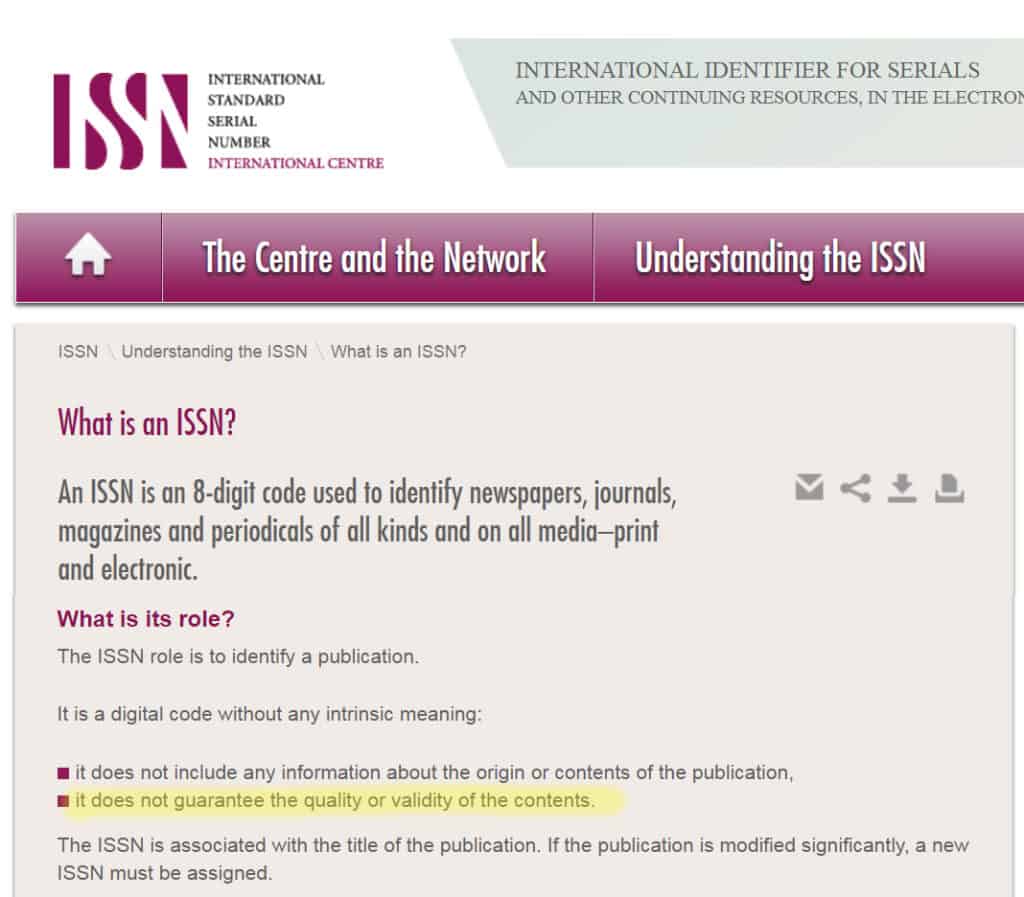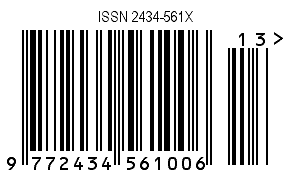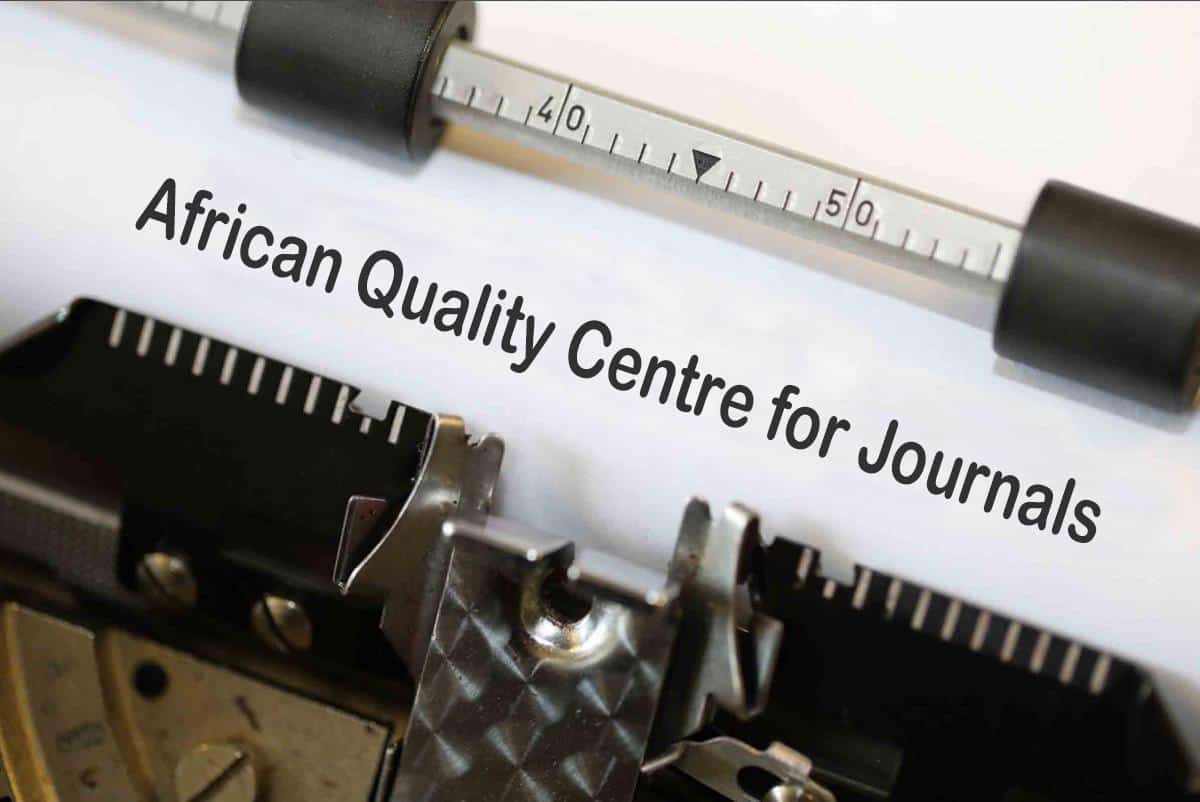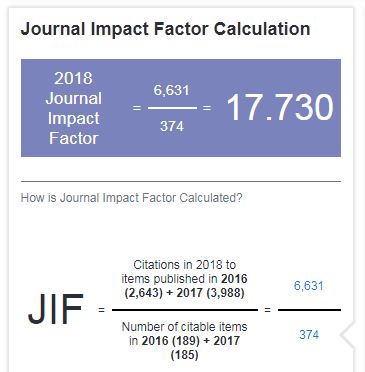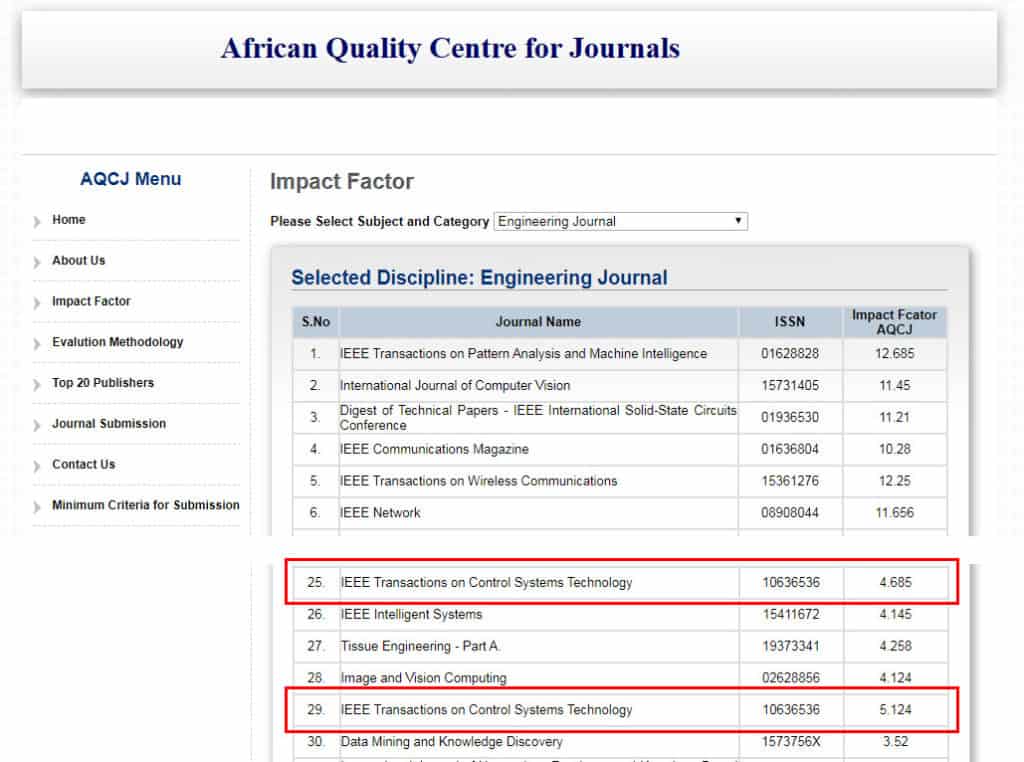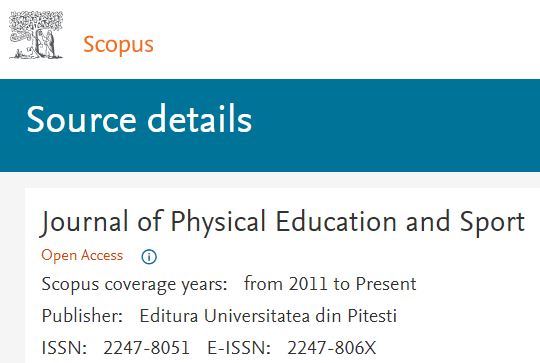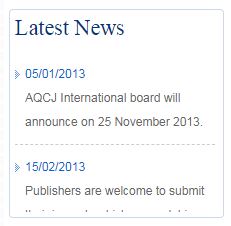A paper is accepted, making it obvious the journal is predatory
In 2014 a scientific journal accepted a paper that made it crystal clear that the journal was predatory. The article just repeated the phrase “Get me off your f*@^ing mailing list“, over and over again, and also included the phrase in figures and graphs.
In this article, we look at the paper, its history, as well as looking at the journal in question.
There have been many examples where researchers have submitted nonsense papers to predatory journals, only to have them accepted, usually very quickly. As long as the author pays the Article Processing Charges (APCs) the paper will be published and then be part of the scientific archive, albeit a very grey area of the scientific archive.
Perhaps the most famous of these is a paper that was submitted to the International Journal of Advanced Computer Technology in 2014. This paper just repeated the sentence “Get me off your f*@^ing mailing list” and also included the phrase in a figure and a table.
If you want to see the article, it is available here and here.
Note: We have updated this article to remove “profanities” (i.e. the “F” word”) as search engines/SEO do not like it, so we took the decision to replace all occurrences of that word with ‘f*@^ing”.
Update: Since writing this article, we are aware of a peer reviewed paper that has covered this case, looking at how the journal has performed since it was shown to be a predatory journal.
The paper titles "Get me off your f*@^ing mailing list"
In 2005 David Mazières and Eddie Kohle wrote a paper that simply had seven words, repeated. Those words were “Get me off your f*@^ing mailing list“. The paper also contained a figure and a graph (shown here – click on them to expand them), again made up using the same seven words.
They submitted the paper to the 9th World Multiconference on Systemics, Cybernetics and Informatics conference in protest at the conference’s spamming and poor peer review standards.
In 2014, in response to an email from a predatory publisher, Peter Vamplew sent the paper to the International Journal of Advanced Computer Technology.
To his surprise, the paper was rated as “Excellent” by the journal and its reviewers. The acceptance email (PDF), the acceptance letter (PDF) and the review reports (PDF) can be seen by following the links.
When the paper was accepted a USD 150 fee was requested. The authors declined to pay, so that paper was never actually published. In some ways this is a shame, as it would have been interesting to see if the paper actually made it as far as appearing on the journal’s web site.
The fact that a journal could accept such a paper is astonishing. Some of the other stings, at least, had words that could be thought of as a scientific paper, until it was read a little more carefully. The “Get me off your f*@^ing mailing list” paper, even from a cursory glance, is obviously nonsense, that should never have got past desk review, let alone peer review.
International Journal of Advanced Computer Technology
The journal that Mazières and Kohle submitted to (albeit via Peter Vamplew) was the International Journal of Advanced Computer Technology. This journal was in Beall’s list, which has since closed down, but an archive is available in several places including here.
Membership of COPE
On the journal’s web site (accessed 04 Jan 2020) it states “IJACT follows publication ethics during phases of online publication inline with the guidelines and standards developed by the Committee on Publication Ethics (COPE).” We thought this was a good statement to make, but wondered if the journal is actually a member of COPE, as it is not clear from their statement?
If you search for “International Journal of Advanced Computer Technology” on the COPE web site, the closest match is “International Journal of Advances in Computing and Information Technology“. That journal has an ISSN of 2277-9140, whereas IJACT has an ISSN 2319-7900.
As a sanity check, we also searched the COPE web site for both ISSN’s. 2277-9140 was found but 2319-7900 was not. Therefore, IJACT is not a member of COPE, even though they state they follow COPE’s ethical guidelines and provide a link to the COPE web site. We are unsure why you would mention COPE, if you are not a member, as those that do not check the COPE web site might assume that IJACT is a member of COPE? At best, this is confusing and, at worst, it could be argued that the journal is trying to mislead the scientific community.
ISSN of the International Journal of Advanced Computer Technology
We next looked up the journal on the ISSN portal. If you search for 2319-7900 (accessed 04 Jan 2020), you get a message that says “This record corresponds to a suppressed ISSN as the related resource has never been published.“
Looking at the ISSN FAQ (accessed 04 Jan 2020), it says the following about suppressed ISSNs.
From this, it looks as if the ISSN was registered but has since been deleted? Just for completeness we also searched for 2277-9140 (accessed 04 Jan 2020) and this returned, as expected, the “International journal of advances in computing and information technology” (so we know the search functionality works).
The Editorial Team for the International Journal of Advanced Computer Technology
We also looked at the Editorial Team (accessed 04 Jan 2020). It is good to see that they all give their affiliations, and many have an email address. This information is often missing on predatory journal web sites.
It is also good to see that many of the editorial board members provide a URL, either to their Google Scholar page or to their home page. Some of the URLs lead to “404’s” (i.e. page not found), but at least many are provided.
We have summarized the Editorial Team in the Appendix below. Of the twenty people listed, ten have provided a URL and ten have provided email addresses. We did not email the editorial team, but we did check their URLs.
Five of them went to a Google Scholar page. The image on the left shows the Editor-in-Chief (clicking on the image will take you to his Google Scholars page)
Four of the URLs did not work and one led to a University course page. So, of the 20 members, only five lead to useful pages (i.e. Google Scholar pages). It would actually be more useful if the URLs led to the institition’s home page so that their affiliation could be checked as well as their credentials to be an editorial board member.
How has the International Journal of Advanced Computer Technology performed?
We thought it might be interesting to look at how the journal has performed since it was established in 2012. The graph (click on it to expand) shows the number of papers that the journal has published since its first issue in 2012 through to volume 8 in 2019.
It is noticeable that in the past few years (2017-2019) the number of papers that the journal is publishing has reduced significantly. This could have been due to the fact that they accepted the “Get me off Your F*@^ing Mailing List” paper, which was reported in the media in November 2014, although there was not a significant downturn immediately after this case came to light. What is striking is that through 2018 and 2019, they have only published one or two papers per issue whereas, on average, between 2012 and 2016 the journal published 11 papers per issue.
You might also be interested in:
- Kendall, G. Case Study: What Happens to a Journal after it Accepts a Spoof Paper? (2021) Publishing Research Quarterly, 37 (4): 600-611.
This paper looks at how the journal has performed since accepting the paper, on the basis that the idea behind a spoof paper is to highlight the lack of peer review and alert scholars to submitting to the journal.
Spoiler alert: The journal performed better in the twelve issues following the acceptance of this paper, than it did in the previous 12 years.
Final Thoughts
The fact that this journal is still operating amazes us. You would have thought that accepting the “Get me off your f*@^ing mailing list” paper would have forced it to close.

What is perhaps even more amazing is the fact that authors are still sending papers to this journal and, presumably, paying the Article Processing Charges of USD 150.
Perhaps the journal has changed and it is now a reputable journal but there are some worrying points about the web site, in addition the points mentioned above about COPE, the ISSN and the editorial members. For example:
- If you click on the “Review Process” link it gives a 404 error, meaning that the web page does not exist.
- On the “About this Journal” page it says “Instructions to author are designed in a detailed manner so that rejection of manuscript should be minimize“. This is a strange thing for a reputable journal to say.
- The authors are required to assign the copyright to the journal. This is unusual for an Open Access journal where the authors are required to pay to publish.
Given the fact that this journal accepted a paper that is described in this article, and the worries expressed above, we would urge extreme caution for authors who are considering submitting to this journal.
Appendix: IJACT Editorial Team
This appendix lists the editorial team of the International Journal of Advanced Computer Technology. It is provided as a historic record and it also supports the analysis that is carried out in this article.
| Member | URL Result | Institution | |
| Prof. Harish Baraithiya | Google Scholar Page | Maulana Azad National Institute of Technology, India-462003 | editor@ijact.org |
| Dr. Saleh Ali Alomari | Google Scholar Page | Universiti Sains Malaysia && Jadara University | salehalomari2005@yahoo.com |
| Dr. Abd El-Aziz Ahmed | University page, but person not found | Cairo University | zizoah2003@gmail.com |
| Dr. Jigar Patel | Links to a Degree Course page, not the person | Kalol Institute of Managemen, India | drjigarvpatel@gmail.com, jignesh_29284@yahoo.com |
| Dr. Asim Kumar Sen | 404 (Page not found) | St. Francis Institute Of Technology, India | asim_sen@linuxmail.org |
| Dr. G. Rosline Nesa kumari | Google Scholar Page | Saveetha University, India | roseline@saveetha.com |
| Dr. B. NARASIMHAN | 404 (Page not found) | Maharshi Dayanand University, India | naru2000us@yahoo.com |
| Dr. Anil Kumar | 404 (Page not found) | Sam Higginbottom University of Agriculture | anil.mera2002@gmail.com |
| Dr. Dola Sanjay S | Google Scholar Page | Ramachandra College of Engineering, India | dicedola@gmail.com |
| Arvind Mewada | Google Scholar Page | MNNIT Allahabad, India | arvindmewada@mnnit.ac.in |
| Dr. Mokhtar Hamham | Not Supplied | Abdelmalek Essaadi University, Morocco | Not supplied |
| Dr. Ajay Singh Tomar | Not Supplied | Jiwaji University, India | Not supplied |
| Dr. Anandaraj SP | Not Supplied | SR Engineering College, India | Not supplied |
| Dr.T.C. Manjunath | Not Supplied | HKBK College of Engineering, India | Not supplied |
| Dr.HARDEEP SINGH SAINI | Not Supplied | Indo Global College of Engineering, India | Not supplied |
| Dr. N. S. Murthy Sarma | Not Supplied | Bonam Venkata Chalamayya Engineeering College, India | Not supplied |
| Dr. VUDA SREENIVASARAO | Not Supplied | BAHIR DAR UNIVERSITY, Ethiopia | Not supplied |
| Dr. Dhanamma Shankar Jagli | Not Supplied | V. E. S. Institute of Technology, India | Not supplied |
| Dr. NARAYAN A. JOSHI | Not Supplied | Institute of Science & Technology for Advanced Studies & Research, India | Not supplied |
| Dr. R. V. KRISHNAIAH, | Not Supplied | DRK Institute of Science and Technology, India | Not supplied |
Article history
Where an article has been updated since first being written, we provide a history of the changes. Why? Why not :-).
- The original article was published on 4 January 2020.
- The article was updated on 15 June 2023. We removed the profanities. Although we felt they were justified, SEO does not like it so we thought it best that we removed them. We also took the opportunity to update the article a little.


